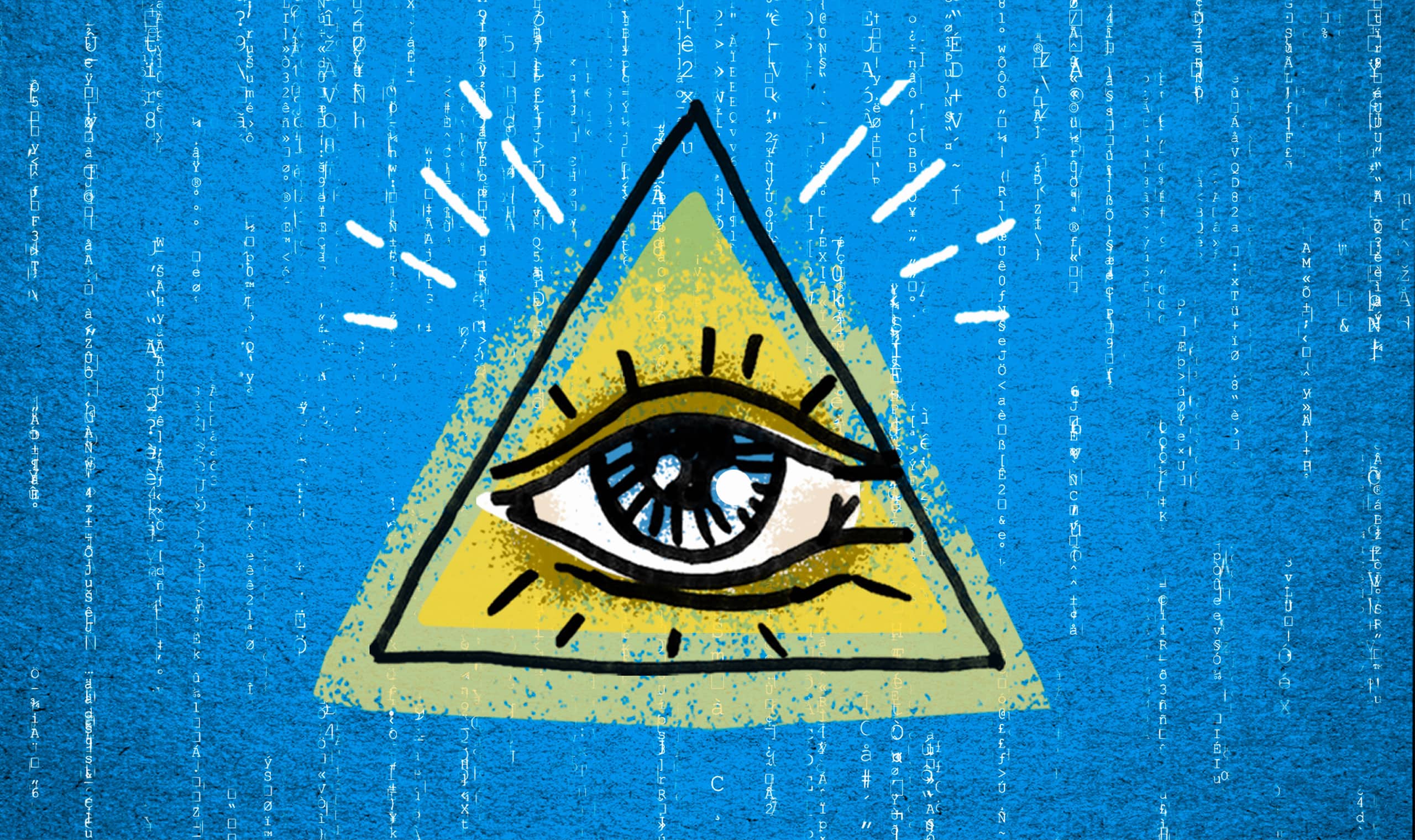As is true for all ages, we tend to get excited about the bright, the shiny and the unattainable.
For many of us, that’s been perpetuating the illusion that with the Internet of Things (IoT) and other sources, data, data and more data are the future for us all. But, they’re not.
The future is people.
I think that’s behind my belief that we’re in a dangerous period of this crazy, always-on, cluttered Information Age. We need to move forward to a new, wondrous Insight Age. Insight, not Information. An age of LESS. Not more. An age of change where we can focus on just the information that matters.
Think about it a bit. The mind boggles: 90 percent of the data in the world was generated over the last two years alone.
At our current pace, 2.5 quintillion bytes of data are created each day, and that pace is only accelerating with the growth of the IoT. More connected devices, creating more data. By the way, an American quintillion has 18 zeros, but a British quintillion has 30. We Brits remain as understated as ever 😉
Information can tell us what and when, where, how and who. But we’re lacking the most powerful answer: why.
And that growing Internet of Things, connected “smart” devices that interact with each other and us while collecting all kinds of data, is now exploding (from 2 billion devices in 2006 to a projected 200 billion by 2020).
Yes, it’s boggling, and that’s my point. Filling our brains with more data doesn’t make us smarter; it makes us fuller, more bogged down. Sure, I know that data is just the raw numbers, and information is the collection and sorting of many data points to understand something, but here’s what I feel is the critical point: Information can tell us what, when, where, how, and who. But we’re lacking the most powerful question: Why?
And that’s an insight.
But, what really is an insight? As Chief Strategy Officer and a strategist/planner for over 25 years, I’ve looked high and wide for the ideal definition of insight. I’ve come to the conclusion [or insight ;-)] that we use the definition that best fits our purpose and our style. So take your pick from a few of my faves:
An unspoken truth that sheds new light on the problem (thanks, Mark Pollard)
Weird normal truth (thanks, Tracey Follows, Futuremade)
A discovery about the underlying motivations that drive people’s actions (thanks, Jonathan Dalton, Thrive)
I still love the Diageo way of defining an insight as a penetrating observation about consumer behavior that can be applied to unlock growth because it combines both the deep human aspect with the reason why marketers should care: commercial impact or growth.
Remember, an insight is a revelation. It reveals, it surprises, but then it also makes sense. That may be an easy thing to say, but in practice it’s difficult.
Surprise
Insights are unexpected, which makes our metamemory brains consider, evaluate, and look again at what we already knew. If we don’t, then it’s not an insight!
Sense
The right insight creates hindsight bias — we hear it, we think about it, and we justify it because we know it feels right. And of course, it has to be connected to the reason why. Ambitious marketers are insight hunters who create opportunity for success.
So, the next time you use that term “insight,” or you see one in a creative brief, ask yourself: Is this likely to help us achieve commercial growth? Is this really cutting through the depths of information we wallow in and getting to the “why”?
Why does why matter?
Because our business impact is driven by people, not data. People who all use the same, most powerful computer to assess, decide, act, feel, repeat: their brain.
Ambitious marketers are insight hunters who create opportunity for success.
The brain processes and reacts the same way, using our intuition and feeling, to get to the fastest data processing result, i.e., an opinion or action. So, I discovered that there’s a neurological reason why we “post-rationalize” — remember “pre-rationalization” isn’t a thing!
As Daniel Kahneman has said so pithily, “Thinking is to humans as swimming is to cats; they can do it, but they’d prefer not.” (Note to reader: See my other thought article on how this impacts our workplace today to foment creativity.)
Ambitious brands appreciate the critical need for humanity. Just recently at CES2020, a show dominated by the Internet of Things, David Taylor, P&G’s chairman/president/CEO, reminded delegates at the Las Vegas assembly, “In the age of technology, it is still critically important that we start with people. Nothing replaces the benefit of understanding consumers on a human level.” Amen.
As we return to where we started — with our quintillions of data and discussions showing that digital drives everything, remember this: Would you rather go swimming in all the raw data and information, or just focus on the reason why people act and use that as your short-hand to growth?
“It’s not what you look at that matters. It’s what you see.”
–Henry David Thoreau


